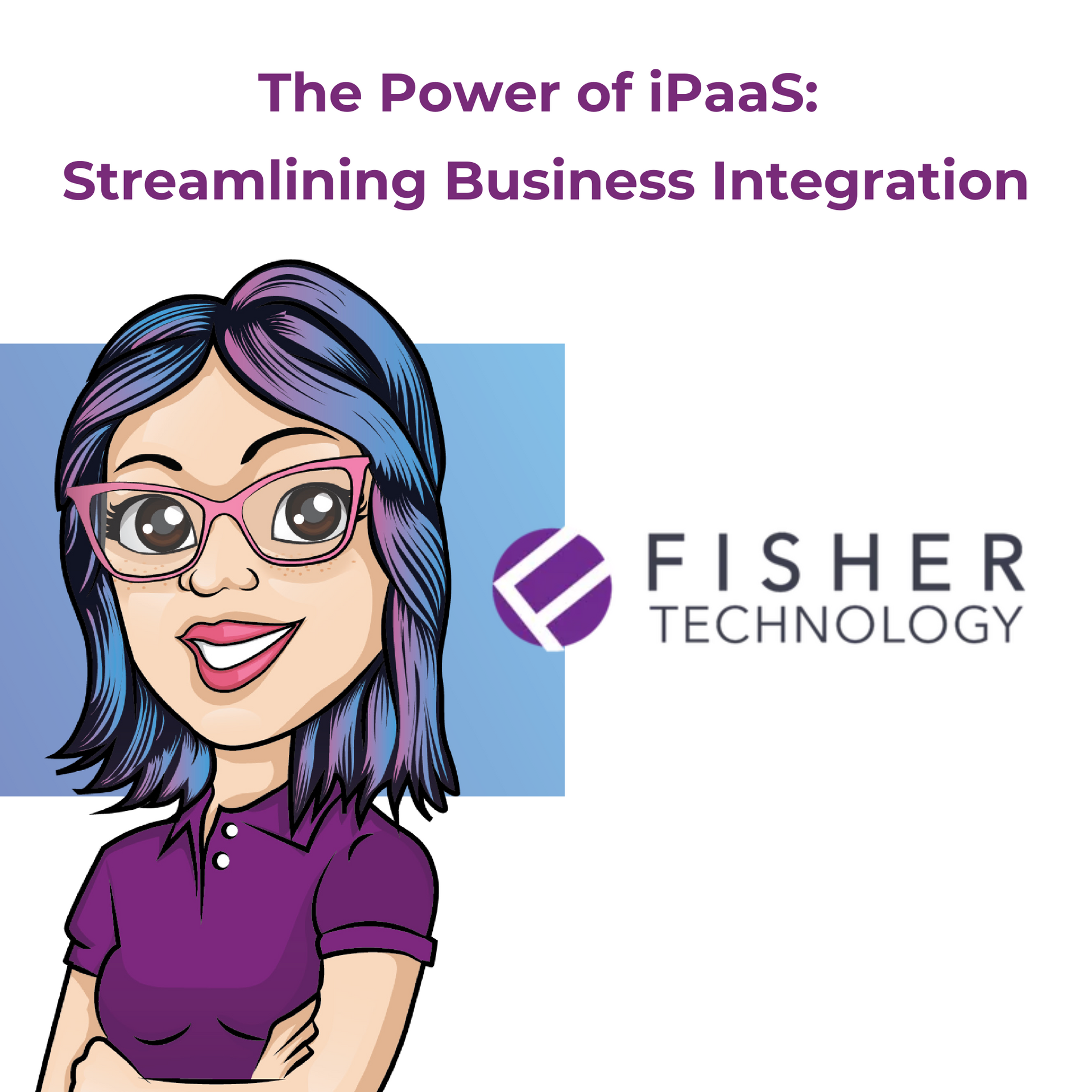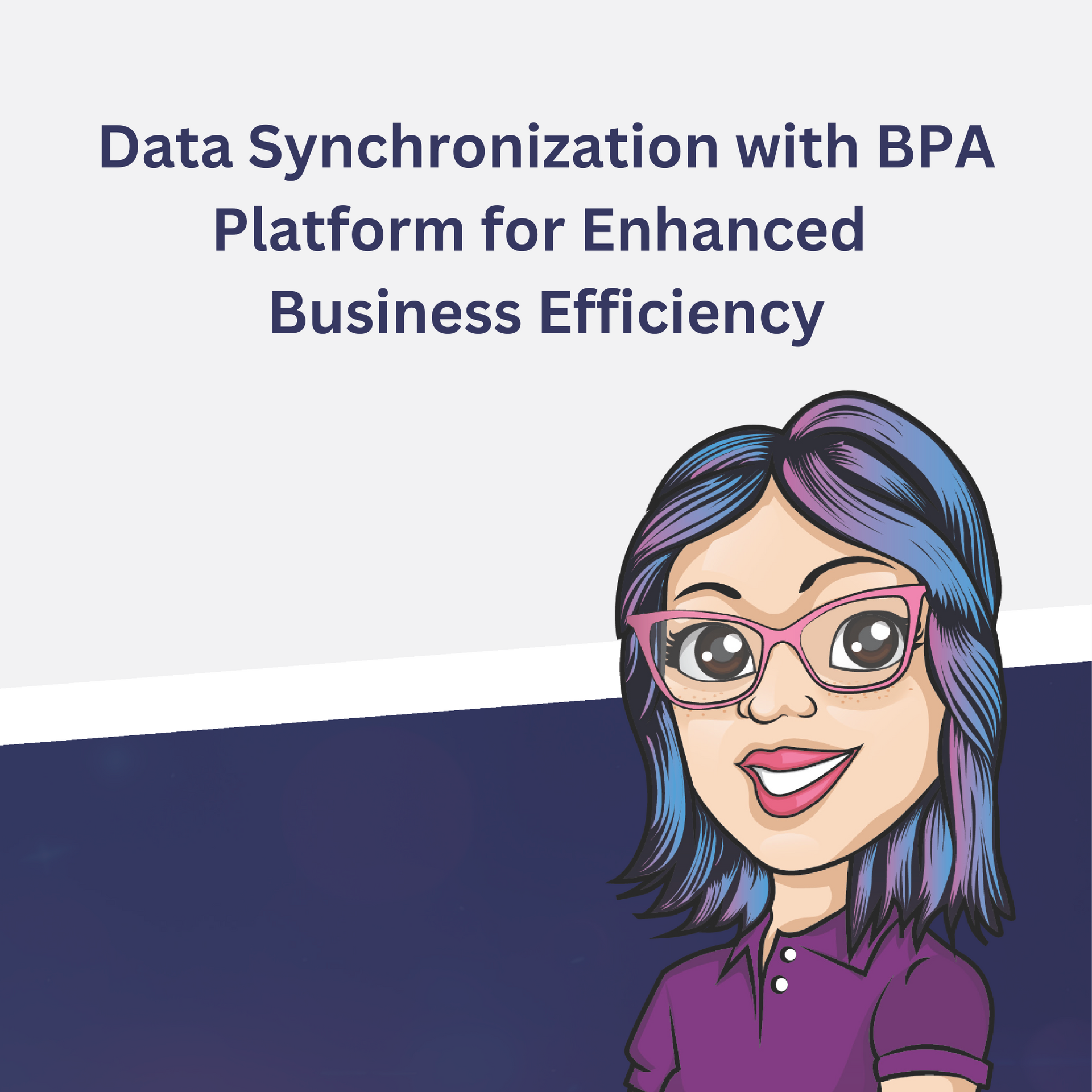Integration Solutions for Business Growth
A key part of adapting to today’s digital landscape is seamlessly integrating different business softwares and systems to optimize operations and boost productivity. This is where BPA Platform comes in; with its cutting-edge tools BPA Platform can revolutionize your business. Whether you're a new entrepreneur or seasoned business owner, mastering these tools can transform your operations and pave the way for success.
The Role of BPA Platform in Business Operations
The use of BPA Platform is becoming increasingly vital as businesses strive for efficiency. This platform enables organizations to automate repetitive tasks, freeing up valuable resources and allowing teams to focus on strategic initiatives. But what makes BPA Platform truly invaluable, is its ability to connect disparate systems and data sources seamlessly. This connectivity ensures that data flows smoothly across the organization, eliminating silos and enhancing collaboration.
For businesses aiming to stay competitive, integrating systems through BPA Platform is no longer optional—it's essential. By using various tools, companies can automate processes, reduce manual input errors, and improve decision-making through real-time data access. In essence, BPA platform lays the groundwork for digital transformation, providing a robust framework for innovation and growth.
Enhancing Connectivity for Your Business
Selecting the right integration for your business is a crucial step in optimizing your operations. However, with so many options available, it can be overwhelming to decide which ones best suit your needs. Here's a guide to help you make informed choices.
First, assess your current systems and identify any inefficiencies or bottlenecks. Are there processes that could benefit from automation? Are there data silos that hinder collaboration? Understanding these pain points will help you determine which integration is required to address them.
Next, consider how BPA Platform will seamlessly integrate with your current systems. As your organization grows, your integration needs will evolve, and BPA Platform is designed to adapt alongside you. By enabling smooth connectivity across various applications, BPA Platform ensures long-term compatibility and optimal performance, empowering your business to scale efficiently and effectively.
Finally, evaluate the ease of implementation. Opt for integration that is user-friendly and comes with comprehensive support and documentation. This will minimize disruptions during the integration process and ensure your team can quickly adapt to the new systems.
The Transformative Impact of BPA Platform
BPA Platform is the key to unlocking the full potential of your systems and data, driving efficiency, innovation, and growth. With increased connectivity, businesses can eliminate data silos, ensuring that information is accessible and actionable across the organization. This transparency improves decision-making and strategic planning, enabling businesses to stay ahead of the competition.
Increased connectivity also facilitates better customer experiences. By integrating customer-facing systems, businesses can provide personalized and timely interactions, fostering loyalty and satisfaction. By leveraging the power of integration, businesses can unlock new opportunities and propel themselves toward success.
Leverage the Power of Integration with Fisher!
BPA Platform offers businesses the tools they need to achieve seamless integration and unlock their full potential. By understanding the tools available and choosing the right integration, businesses can streamline operations, enhance collaboration, and drive growth.
Don't miss out on the opportunity to transform your business. Reach out to Fisher Technology for integration solutions and take the first step toward a more connected and efficient future.



WE'LL PROVIDE THE RIGHT SOLUTION FOR YOU
We'll help you find the tech talent you need, so you can focus on running your business.
WE'LL PROVIDE THE RIGHT SOLUTION FOR YOU

We'll help you find the solution you need, so you can focus on running your business.
All Rights Reserved | Fisher Technology, LLC
